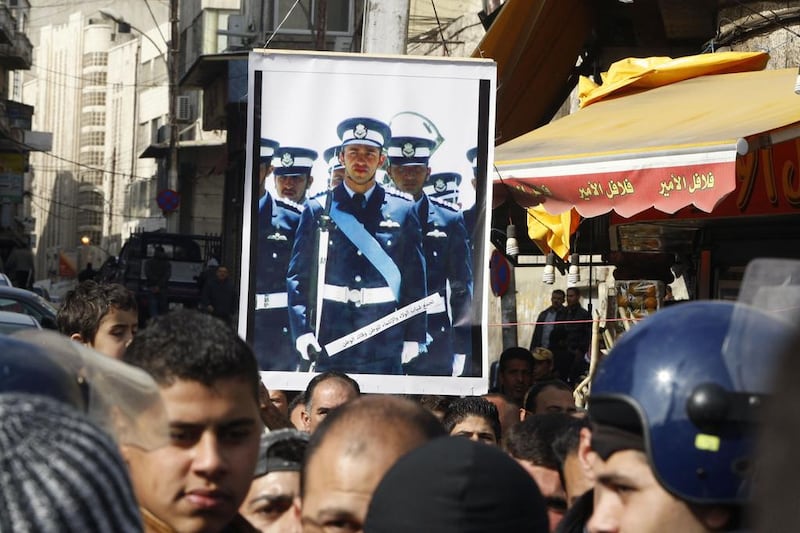While Jordan anxiously waits to hear the fate of Maaz Al Kassasbeh, its fighter pilot captured by ISIL, it’s fair to say that the extremist group is managing to grab the attention of the world. In faraway Japan, there is great sorrow and outrage at the beheading of journalist Kenji Goto, a week after another Japanese citizen, Haruna Yukawa, was killed in the same brutal fashion. From one perspective, ISIL’s ability to get everyone’s attention represents a considerable victory for a terrorist group.
But let’s keep this in context. There are two fronts in this war – military and propaganda. ISIL is being squeezed on the first and so it is turning up the pitch on the latter.
The terrorist group has long sought to cultivate a commanding image, one of a driven force that has a strong, determined army and vast swaths of territory. But Kobani, which was retaken by the Kurds last week, has changed that. Even though the defence of Kobani took months, Arab and western airstrikes combined with Kurdish ground troops finally pushed ISIL out of the pivotal border town.
That’s when the propaganda war became especially important. The Japanese and Jordanian hostages became tools to drive home ISIL’s false message of dominance. Every twist and turn of the horrific saga made the front page and led television and radio news bulletins. This included negotiations over a prisoner swap; threats to kill and finally, gruesome video footage of beheadings. This sequence may be repeated with the Jordanian pilot. ISIL is mainly fighting three western countries and the Arab world. Despite the $200 million in non-military assistance that Tokyo pledged last month for countries battling ISIL, Japan is not really a player in this war.
But a big part of ISIL’s strategy is pure terror, seeking to frighten people and armies into fleeing without a fight. It is not the graphic beheadings alone. There have been massacres of soldiers, the killing of women and children, crucifixions, stonings and other gruesome punishments. All of this plays out in the full glare of the media. And yet, each time, the shock value decreases. Beheadings, as the group learnt during its earlier incarnation in Iraq, eventually stopped making headlines. Right now then, it is crucial that the coalition stay the course.





